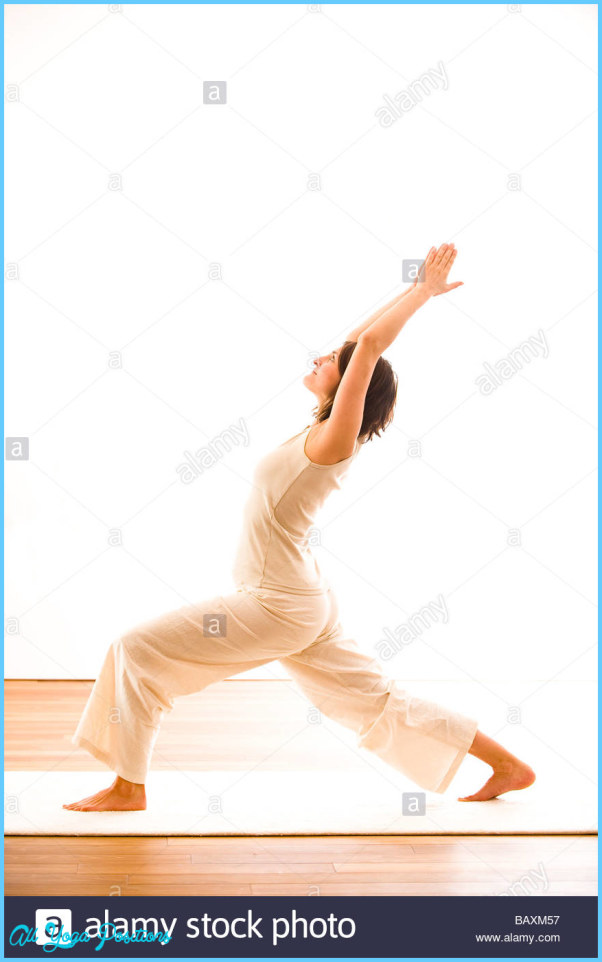

On an exhalation, forward fold over your legs by rotating the pelvis forward.ģ. From Staff Pose, lift your arms toward the ceiling.Ģ. Generally, we favour abiding with a flat back and gradually allowing your flexibility to improve over time.ġ. Some people like a compromise where you fold with a flat back until you can’t go any farther and then round the spine, which can give a nice stretch to the upper (thoracic) area of your back in particular, and can be safe as long as you keep very relaxed and soft.


It’s crucial that every forward fold is initiated as a forward tipping of the pelvis (anterior rotation), not as a flexion (rounding) of the spine. Rounding tends to get your head lower, but we find keeping the integrity of your spine is more useful.
#YOGA POSES HOW TO#
Seated Forward Fold (Paschimottanasana)īenefits: Stretches the back body: hamstrings, calves, glutes, and back muscles.Īlignment Insights: There are a few different schools of thought on how to forward fold in seated poses, which can be summarised by the age-old question, “to round or not to round?” This refers to the position of your spine as you come forward. Keep your neck in a neutral position with the chin neither tucked nor lifted. Since arm lengths vary, the arm position will be slightly different for each person.ħ.
#YOGA POSES FULL#
If your full palms don’t reach the floor, it’s ok to be on fingertips, just make sure to have strong contact between your fingers and the floor. Press your palms to the floor on either side of your seat but don’t let this action force your shoulders up. Relax your shoulders away from your ears.Ħ. Draw your navel gently toward your spine.ĥ. Using your hands, shift your butt flesh to each side so that your sit bones (anatomical term: ischial tuberosity) have a firm foundation on the floor.Ĥ. If your spine is rounding, take a prop under your seat.Ģ. Come to sit with your legs extended straight out in front of you. Like Mountain, it looks deceptively simple but requires close attention to detail.ġ. Staff Pose is the equivalent for seated postures: an alignment baseline. 11 Seated Poses to Get You Started Staff Pose (Dandasana)īenefits: Improves postural awareness, opens the legs, chest, and shoulders.Īlignment Insights: You’ve probably heard it said that Mountain Pose is the alignment touchstone for many of yoga’s standing poses. Raising your hips often helps your spine come into a more sustainable alignment. If you find it difficult to sit up straight, try taking a folded blanket, bolster, or block under your bum. Sitting on the floor on your yoga mat provides a position of stability, which facilitates opening the body, but it’s not comfortable for everyone. Seated poses are ideal for improving flexibility by stretching the legs (hamstrings, quads, and calves), back, and muscles around the pelvis, also known as the hips. What are the Benefits of Seated Yoga Poses? You can do them to loosen up at the beginning of a yoga session but you will probably be able to go deeper if you revisit them toward the end of your practice after you’ve generated some heat with standing postures. These types of postures are appropriate for practitioners of all levels with the use of props as necessary to promote safe alignment. Yoga’s seated poses include straight and cross-legged postures, forward folds, and twists.


 0 kommentar(er)
0 kommentar(er)
